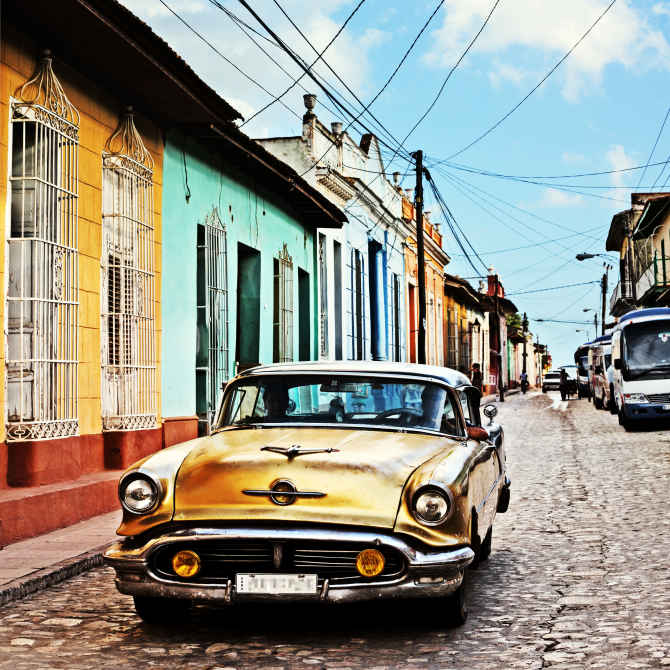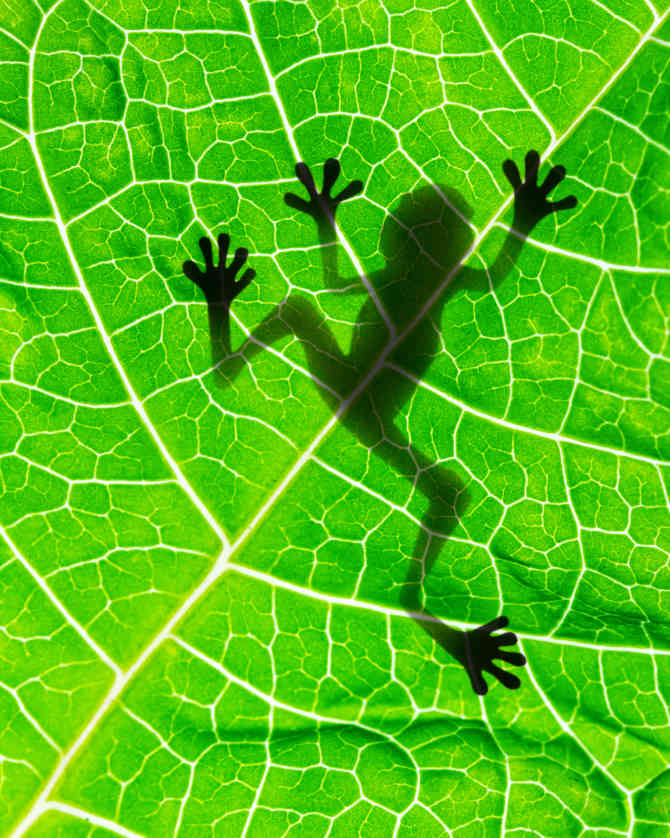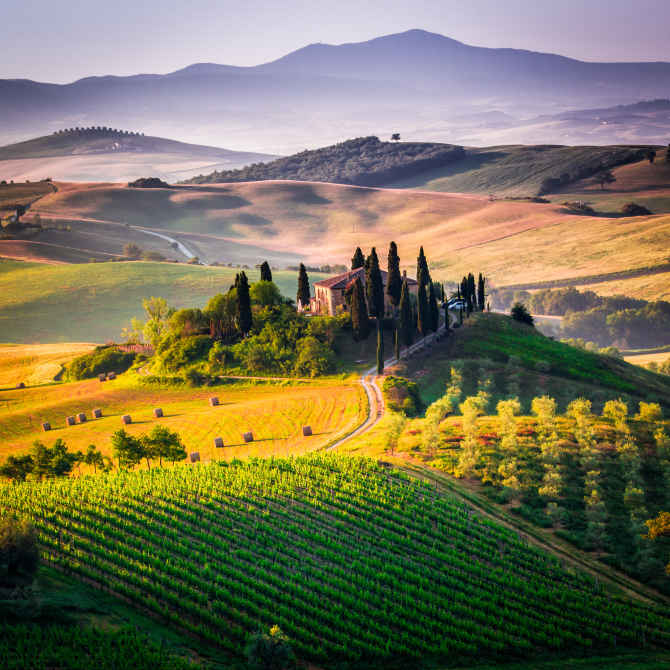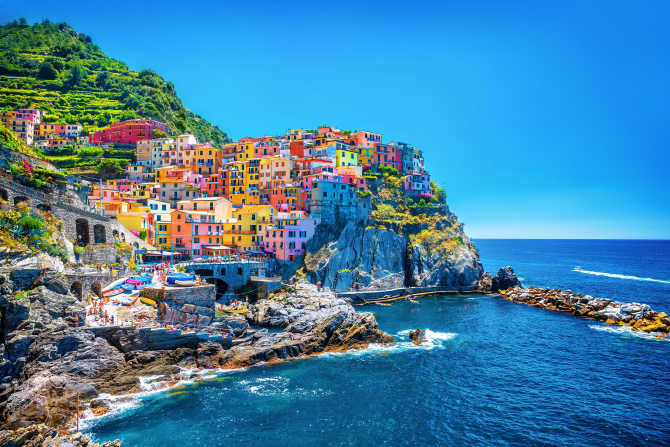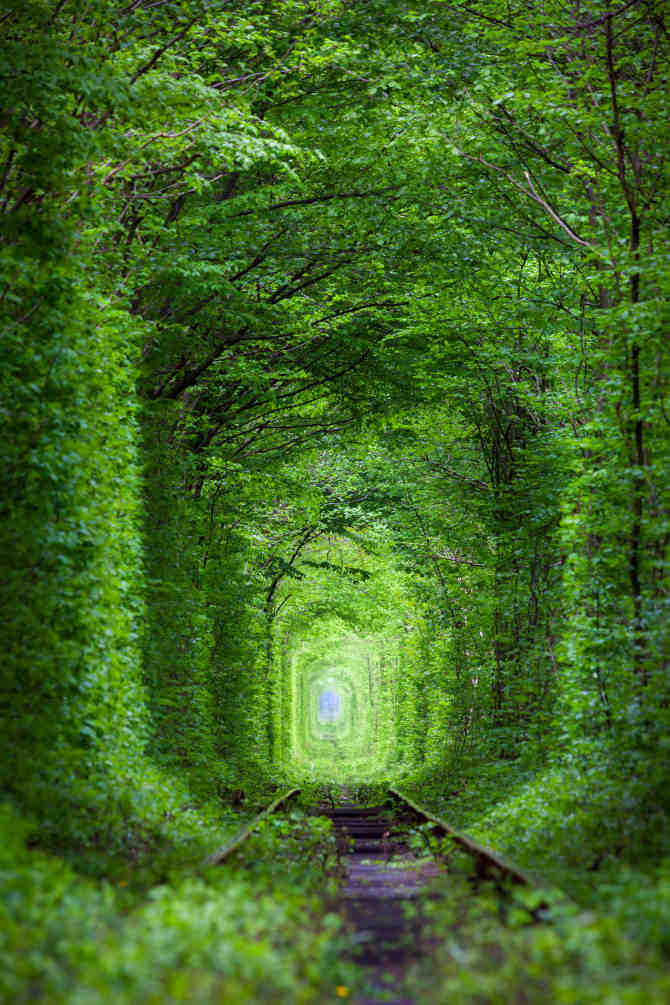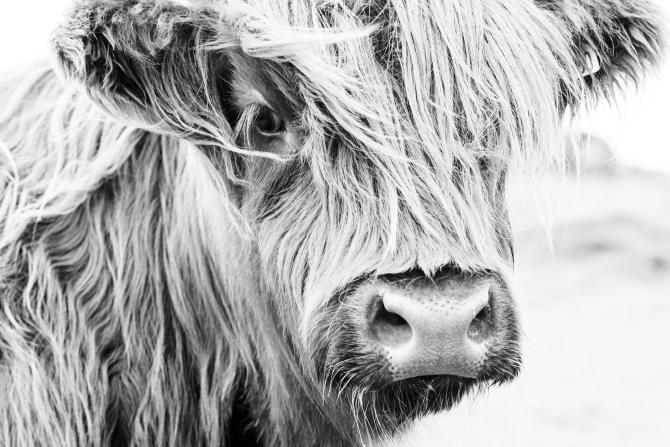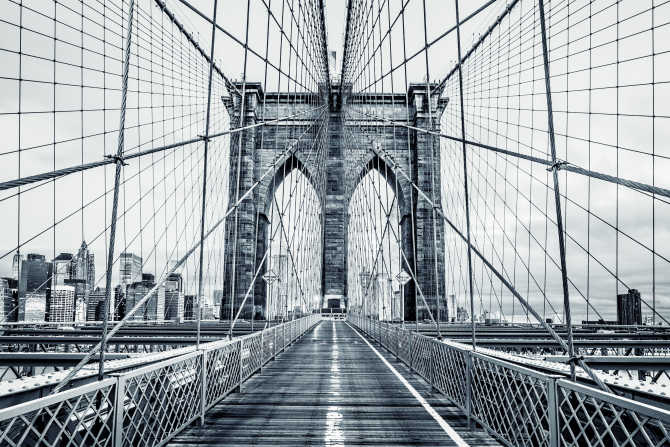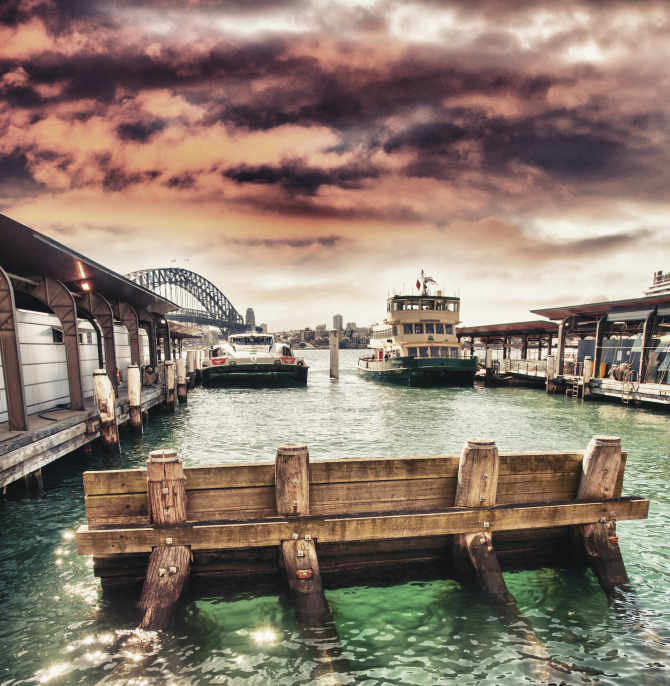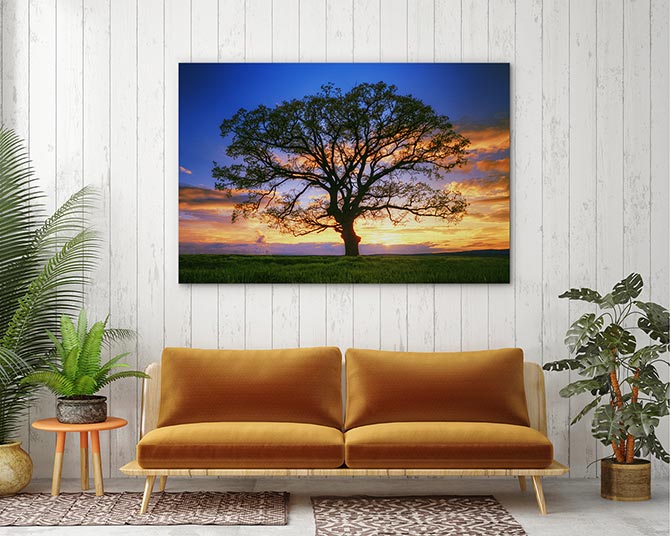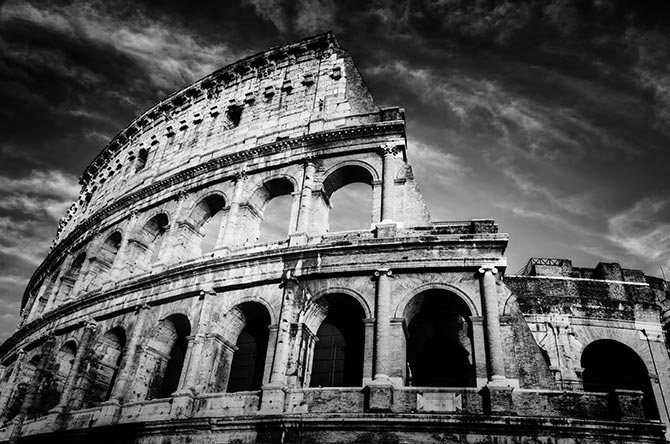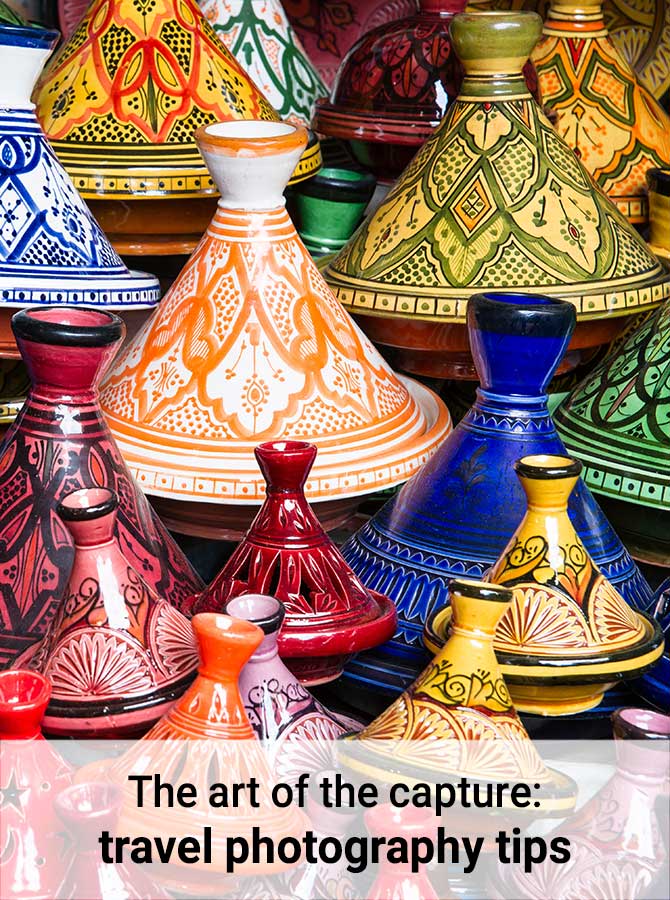
You may not be a travel photography expert but your wanderlust is certainly spurring you to explore the globe and take photos of sights that you never want to forget.
And you’re not alone! By 2030, international tourist arrivals are expected to exceed 1.8 billion and the travel industry is booming. People sure love to travel.
If you’re keen to remember your holiday highlights, these travel photography tips will ensure you capture the perfect shot each and every time.
‘Travel makes one modest. You see what a tiny place you occupy in the world,’ Gustave Flaubert.
Learn about HDR photography
To really capture the best travel photography images, take some time to learn about the art of HDR photography. HDR photos deliver high colour to your home or office and replicate what the human eye sees, ensuring your travel memories will live on, just the way you remember them.
Expect to be instantly transported back to that sunny day, vibrant alleyway or luminous sunset every time you look at your handiwork.
Choose the right lens
If expansive landscapes are what you wish to capture on your amazing holiday, then opt for a wide angle lens that is between 21mm and 35mm to provide more depth of field.
For street level photography, opt for around 30mm to 50mm as this is said to be closest to human eyesight. It’s suitable for low light situations and to help capture the extraordinary in the ordinary.
Seasoned travel photographers also recommend a fisheye lens to take in the entirety of the scenery, whilst providing a unique angle and aspect. Plus, it offers a slightly warped and quirky view.
It’s all about location
Wherever you are travelling, you most likely chose it because of the epic location. It’s probably because the scenery is second to none or it possesses a life changing experience, such as the markets of Morocco or the temples of Cambodia or the hills of Tuscany.
Travel photography is all about the location so it’s important to encapsulate that in your photographs. What are the unique things about the location? How can you offer a different perspective? What do you want your friends and family back home to see the most about where you are?
Consider the essential qualities of the landscape that you are shooting and don’t limit it to the visual ones. How does the place stir your emotions? What feeling does it leave you with? How can you translate these aspects onto film?
Did you know that Bangkok is the most visited city in the world?
Photos that will translate into amazing art
Before you poise that camera to snap away at something that looks great to the naked eye, consider the end game. Is what you’re about to photograph something that will translate beautifully into large wall art?
Wide, open landscapes of snow capped mountains or lush green forests make terrific art prints or try capturing a striking urban scene, with busy city streets or aerial views.
Capture vivid colour
Colour in your photography takes skill and creativity and a mind to think of the long game. Use natural lighting and experiment with the time of day to really enhance the colours, shades and tones in your images.
Find a shade that stands out and focus your imagery on that, noticing what complements or enhances that colour.
And finally, find the most colourful thing you can: an azure ocean, multicoloured wares at a market or field of scarlet poppies and get snap happy and turn real life scenes into amazing abstract photography!
Uncover the unusual
The unusual is more memorable. People are drawn to the unusual because of the high amount of information we take in every day. Our brains are designed to filter out the stuff that we don’t need and are overly familiar with, known as selective filtering. So, when something unusual pops into our field of vision, it registers much more grandly.
What could be more unusual than a human hair museum in Missouri?
Always work with people and animals
Although they can be tricky to capture because of their constant movement and free will, people and animals are terrific subjects. The array of emotions they can offer within microseconds make for interesting imagery. Especially when they capture the utter essence and culture of the place you are exploring.
Please the brain with patterns
The human eye craves patterns. It helps our psychology put things in order. ‘We tend to be uneasy with chaos and chance,’ (Gilovich, 1991).
Including symmetry and pleasing patterns in your travel photography is a great way to ensure you have shots that will produce great art when you return home. Buildings, roads, bridges and grand architecture often have beautiful symmetry.
Allow for all the elements
You may be taking a snapshot of one focal point but don’t forget to consider the rest of the image: the background, the foreground and the midground. What other aspects comprise the photo and how do they interact with each other? Refer back to point five about colour and lighting and how that affects the various layers in your photograph. Putting together the whole picture is the secret to great travel photography.
If you’re looking for inspiration about where to go for your next holiday, why not explore our diverse travel photography collection?

